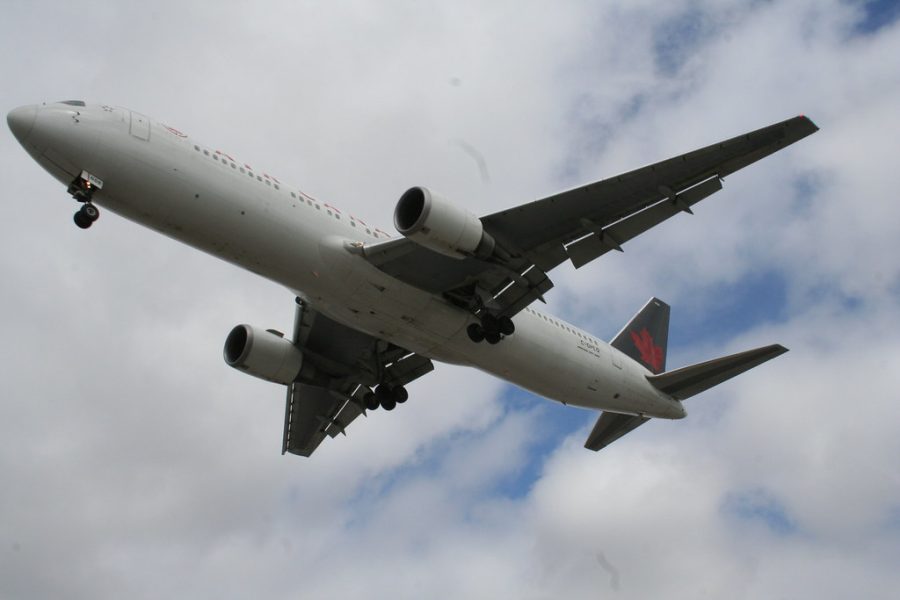Types Of Jets From Other Countries And From The Old Times
What do jets look like. What do they look like in other countries?
This story will be about jets ,well types of jet like another country or it can be from the old days.
B-52 (U.S)
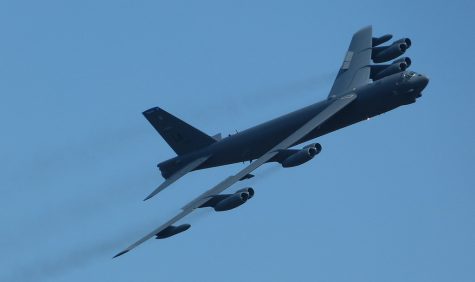
The B-52, also called Strat fortress, it’s a U.S. long-range heavy bomber designed by the Boeing Company in 1948, first flown in 1952, and first delivered for military service in 1955. Though originally intended to be an atomic bomb carrier capable of reaching the Soviet Union, it has proved adaptable to a number of missions, and some B-52s are expected to remain in service well into the 21st century. The B-52 has a wingspan of 185 feet (56 meters) and a length of 160 feet 10.9 inches (49 meters). It is powered by eight jet engines mounted under the wings in four twin pods. The plane’s maximum speed at 55,000 feet (17,000 meters) is Mach 0.9 (595 miles per hour, or 960 km/hr); at only a few hundred feet above the ground, it can fly at Mach 0.5 (375 miles per hour, or 600 km/hr).
B-29
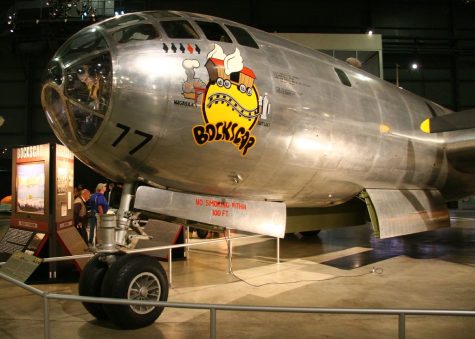
You might know the b-29 because it delivered the final blow to Japan in WWII when it dropped the atomic bombs on Hiroshima and Nagasaki. While this dubious feat would be enough to earn the Superfortress a spot on the most important airplanes list, don’t forget that this bomber featured some amazing technological advancements well ahead of its time—specifically, a clever remote firing system for the turret machine guns, dual-wheeled tricycle landing gear, and a pressured cabin.
J-1
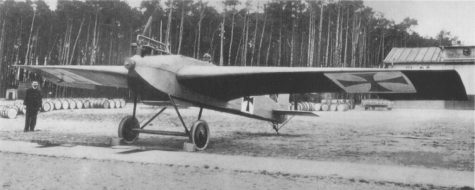
Since they had to carry a lot of heavy disposable loads over long distances in order to be effective, specialized bombers were slower to develop. The first bombing raids to achieve significant success (and the first to cross national boundaries) were mounted against the Zeppelin works at Friedrichshafen from Belgian bases by airmen of the Royal Naval Air Service (RNAS) on October 8 and November 21, 1914. However, their spectacular success owed more to the highly flammable nature of the zeppelins themselves than to the destructive power of the 20-pound (9-kg) bombs used. These raids prompted the Admiralty to commission the development of the first specialized heavy night bomber, the Handley Page H.P. O/100, which flew for the first time in December 1915.
F-2000A (Italy)
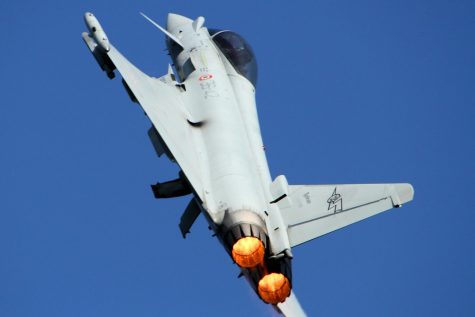
As the part of the Task Force Black Storm, four Italian Air Force F-2000A jets (as the single seater Eurofighter Typhoons are designated in Italy) are currently deployed to Mikhail Kocal nice an Air Base, Romania, for a four-month deployment under NATO’s EAPA-S (Enhanced Air Policing Area South) mission. The mission of the Italian Eurofighters is to contribute to the QRA (Quick Reaction Alert) service in the region, augmenting the Romanian MiG-21s.The Italian Air Force took over the leading role of the EAPA-S from the Royal Canadian Air Force on December 15, 2021.
Kikka (Japan)
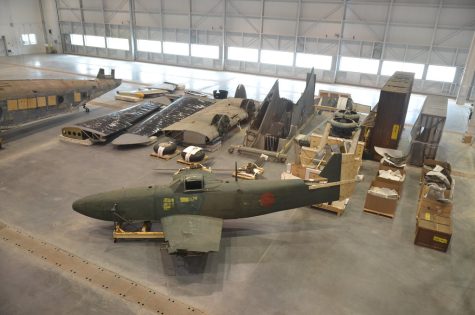
The first Kikka was ready to fly by August 1945. Lieutenant Commander Susumu Takaoka made the initial flight on August 7 and attempted to fly again four days later but he aborted the takeoff and crashed into Tokyo Bay, tearing off the landing gear. Various sources offer different causes for the crash. One writes that technicians had mounted the two takeoff-assist rockets at the wrong angle on the fuselage while another ascribes blame on the pilot who mistook the burnout of the takeoff rockets for turbojet engine trouble, throttled back, and executed a safe but unnecessary crash landing. Development of the Kikka ended four days later when the Japanese surrendered. Another prototype was almost ready for flight and American forces discovered about 23 Kikka aircraft under construction at the Nakajima main factory building in Koizumi (present day in Gunma Prefecture), and at a site on Kyushu island. Despite considerable research in the U.S. and Japan, we know little about the origins of the Museum’s Kikka. We can only say that American forces shipped several Kikka’s and probably major components to the U.S. after the war, but we do not know which factory they originated from. U.S. Navy records show the Museum’s Kikka at NAS Patuxent River, MD on February 18, 1949.
Related Stories:
https://www.britannica.com/list/11-of-the-worlds-most-famous-warplanes
https://www.popularmechanics.com/flight/g2142/the-30-most-important-airplanes-of-all-time/
https://www.britannica.com/technology/military-aircraft/Fighters
https://airandspace.si.edu/stories/editorial/history-japans-first-jet-aircraft
https://www.businessinsider.com/italians-fighter-jets-in-romania-14-scrambles-in-2-months-2022-2
Take Action:
